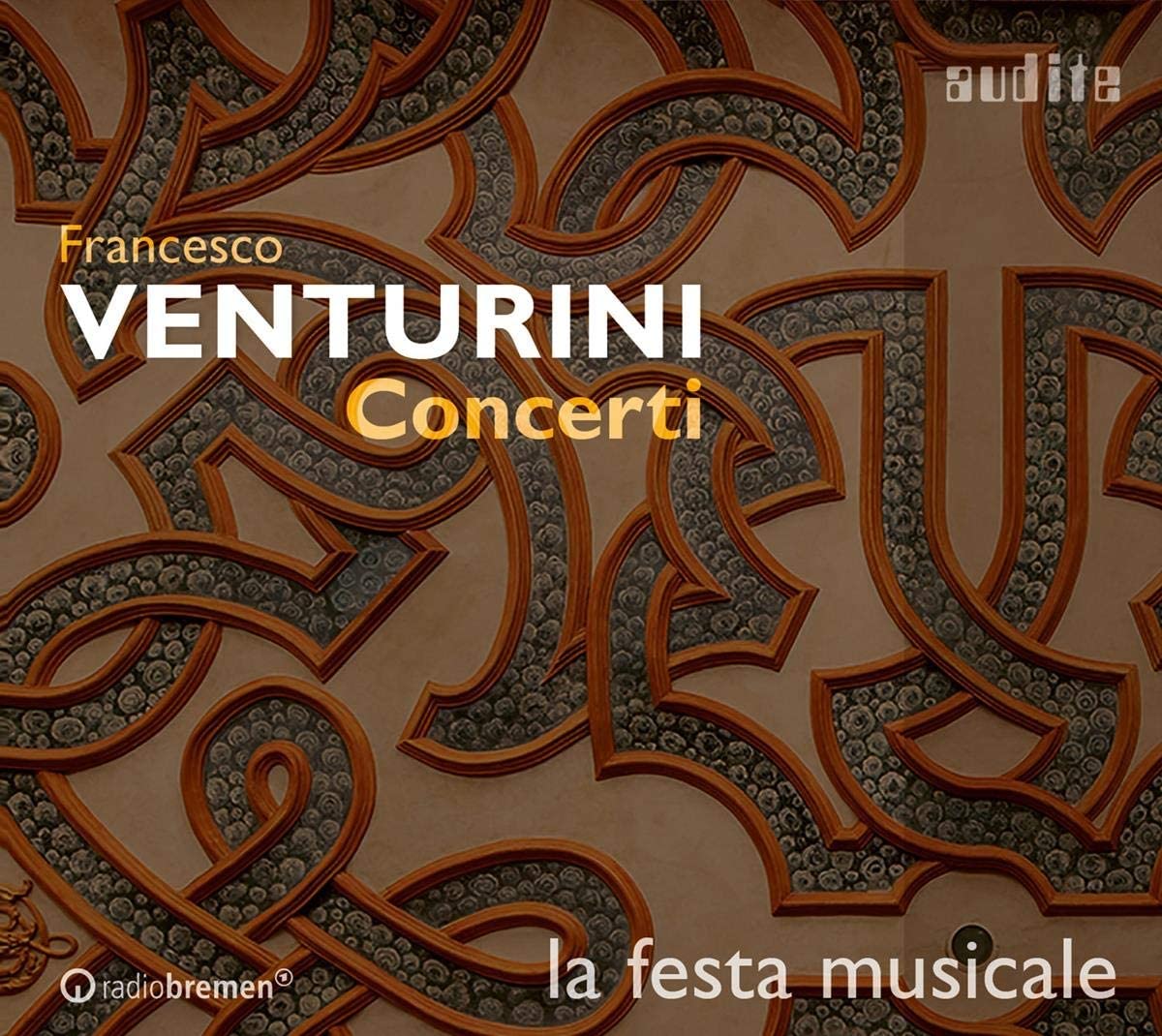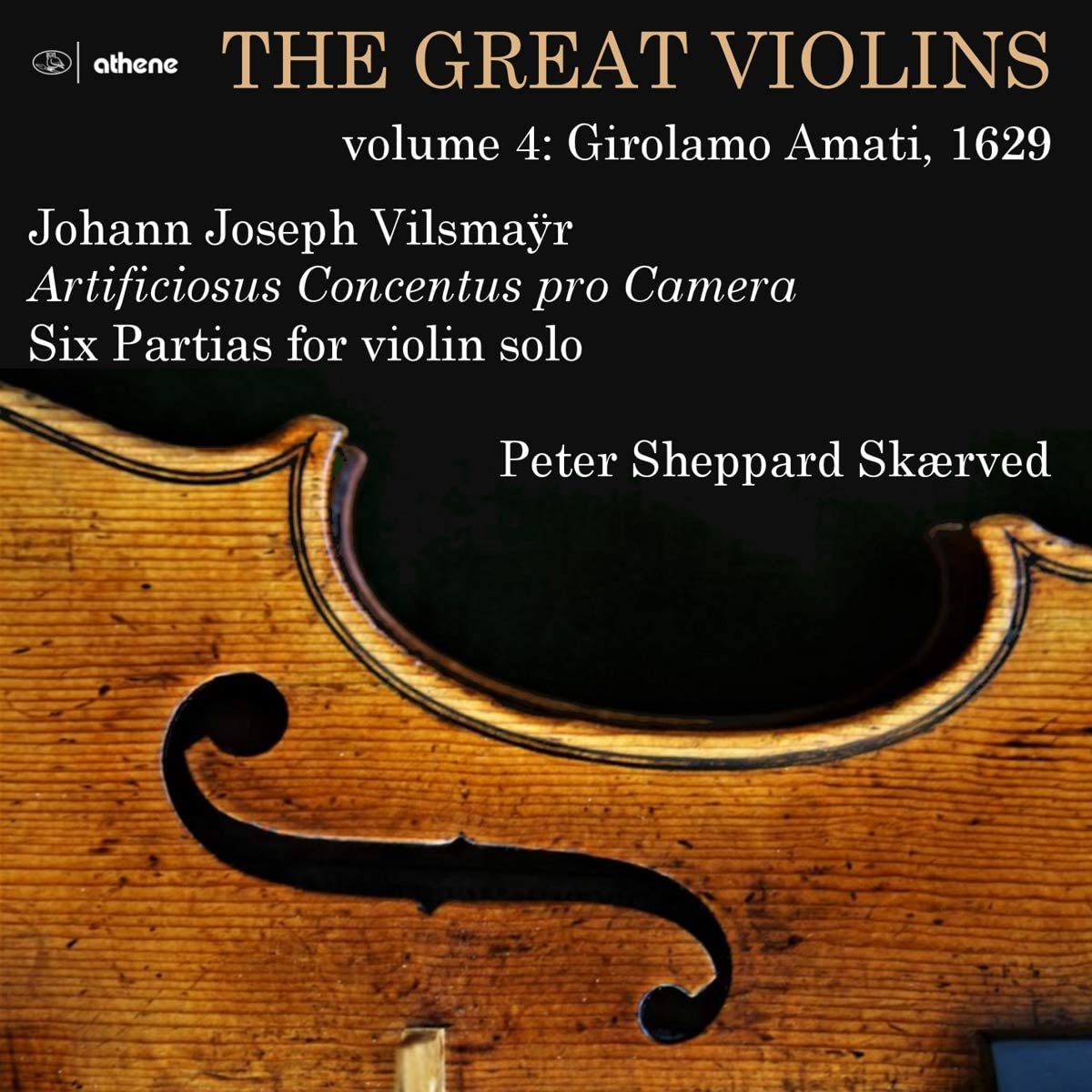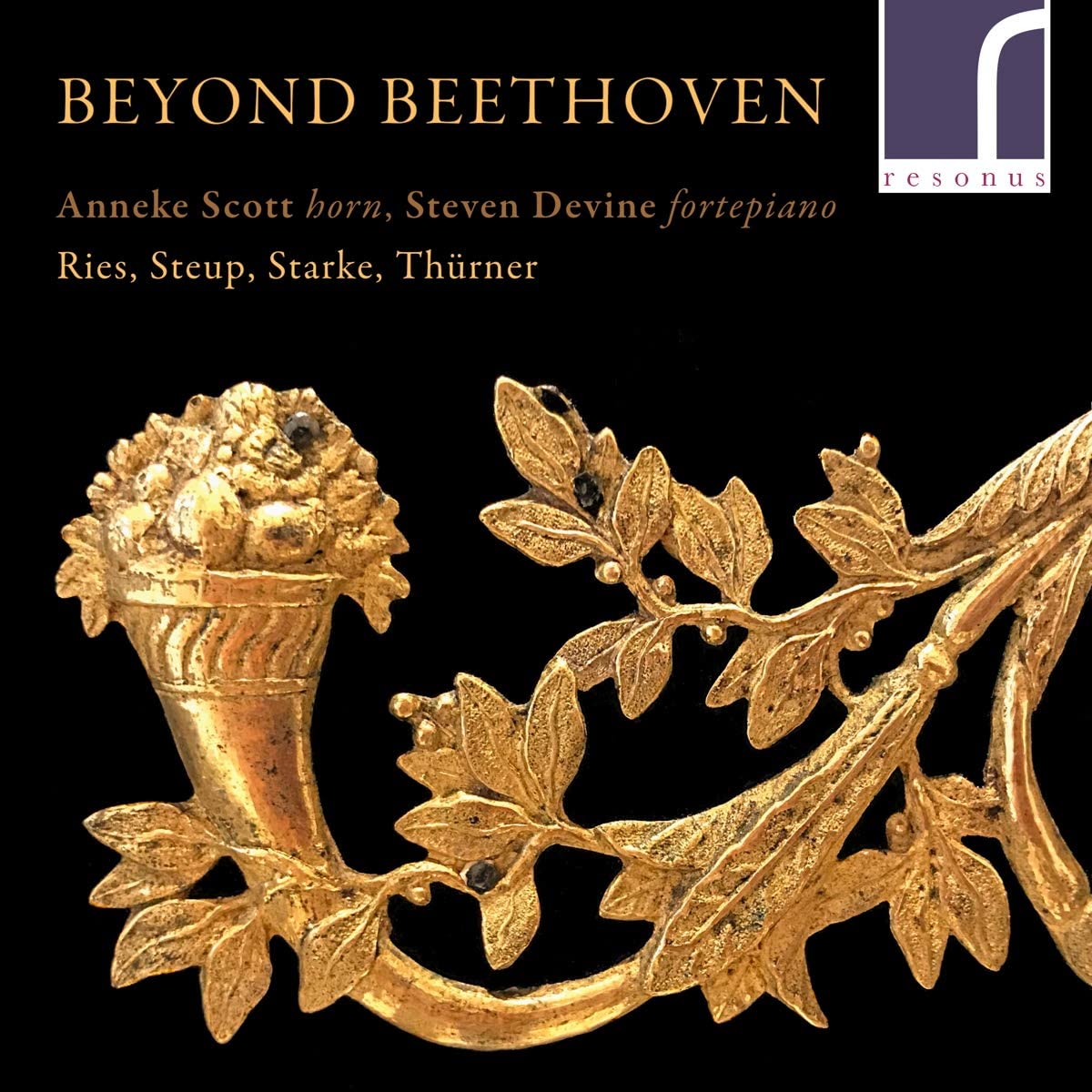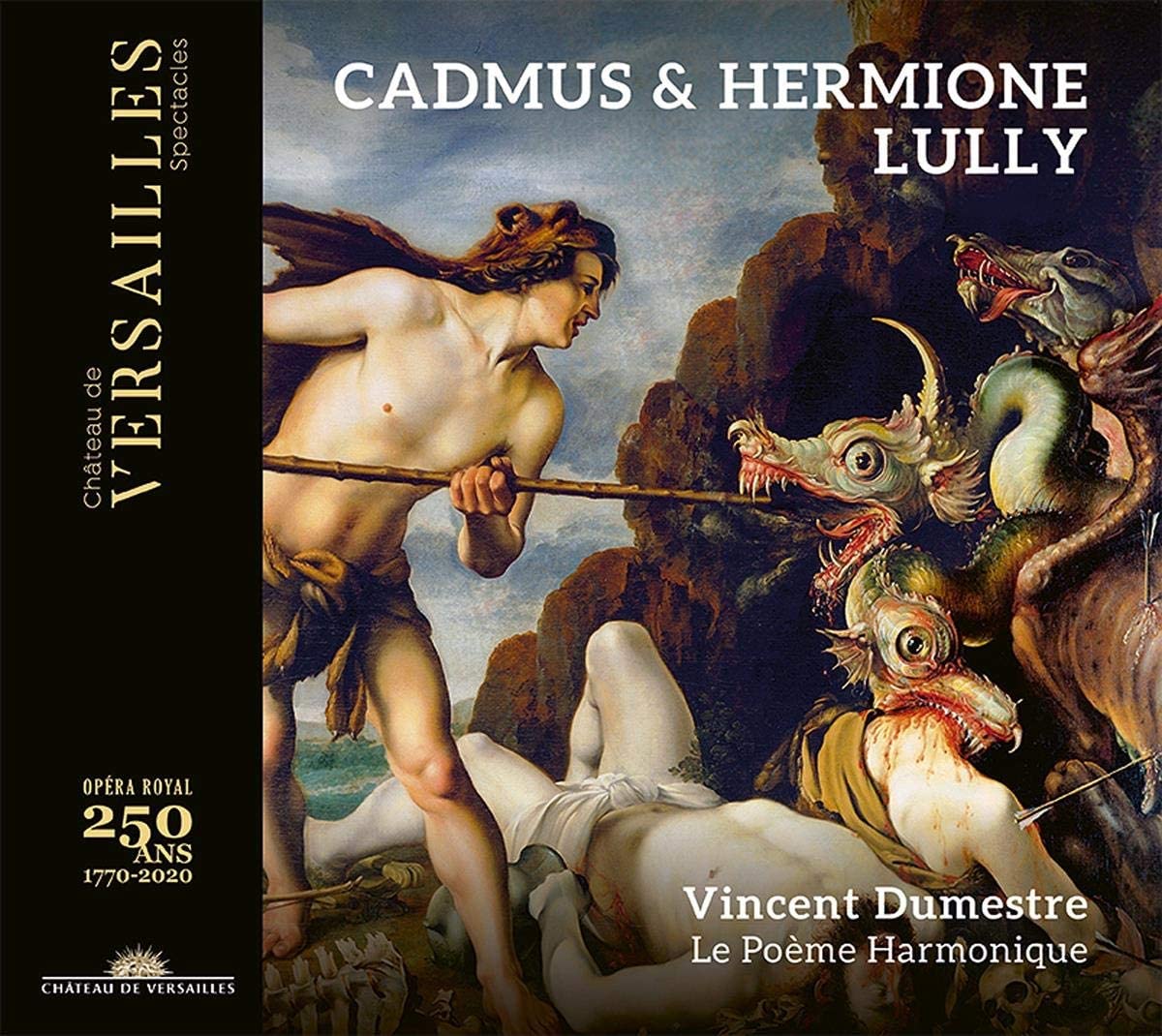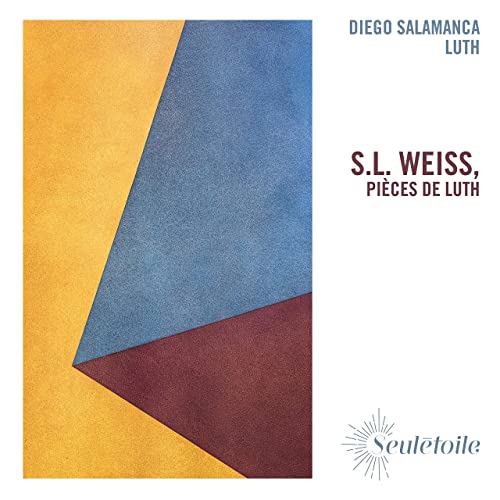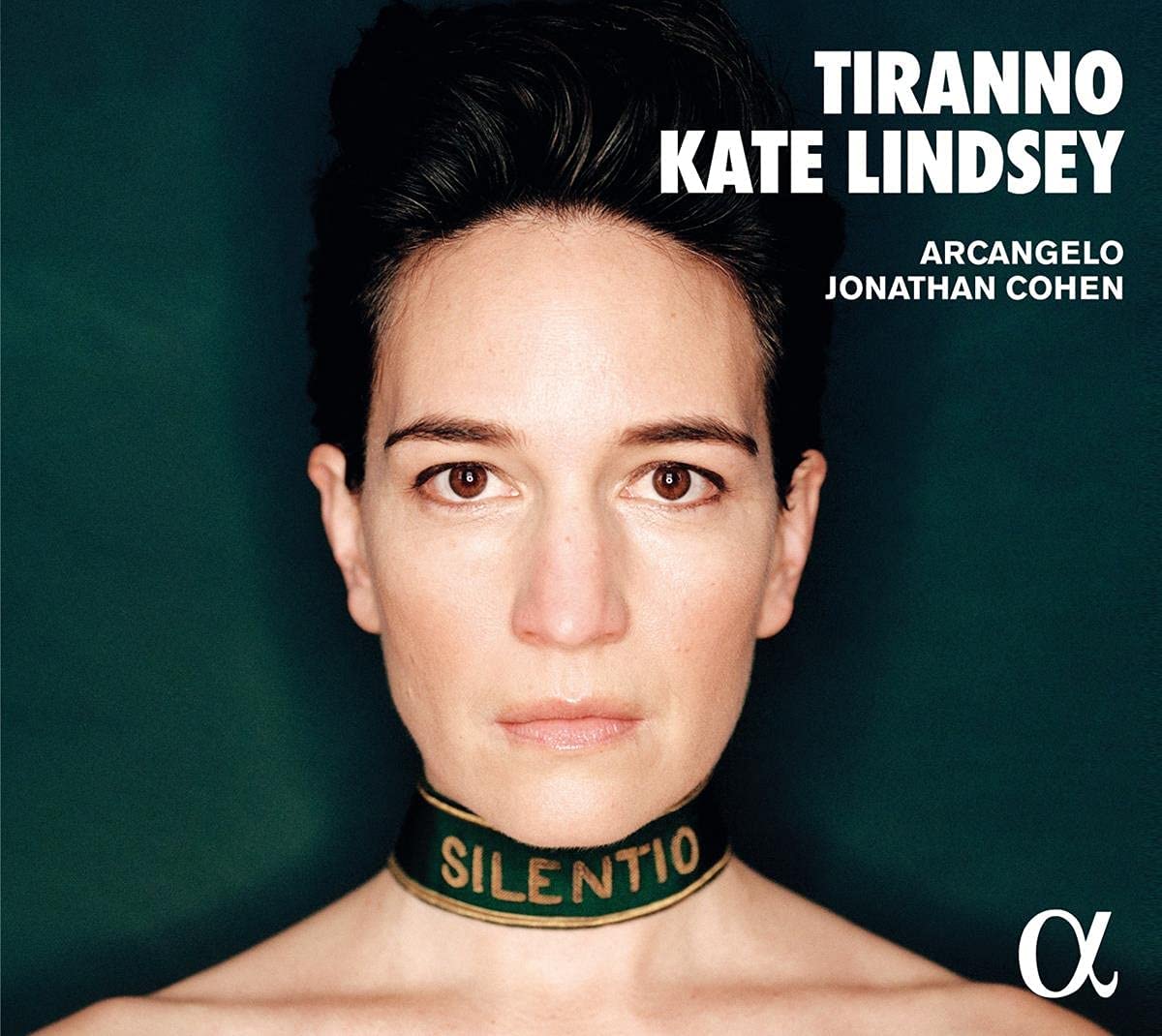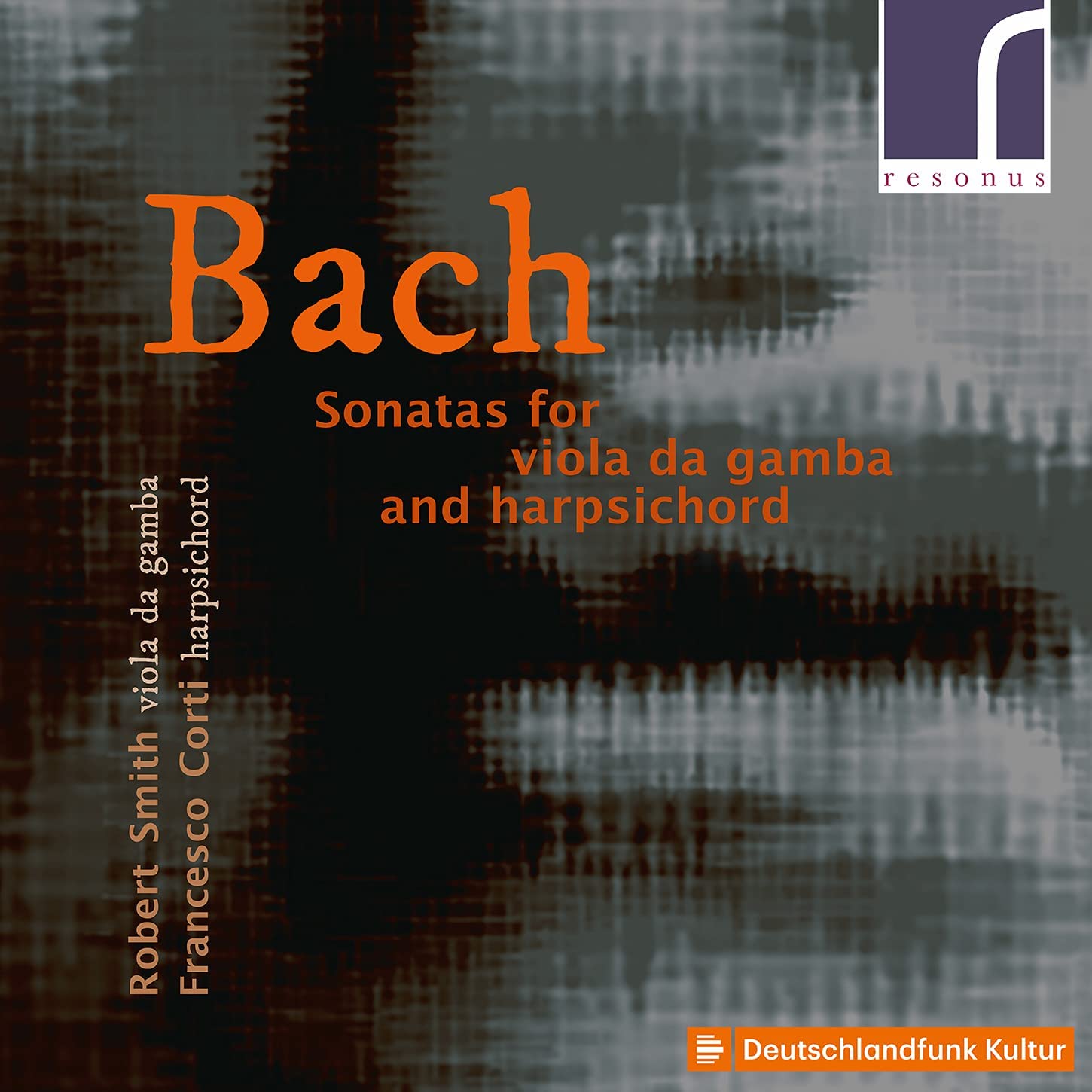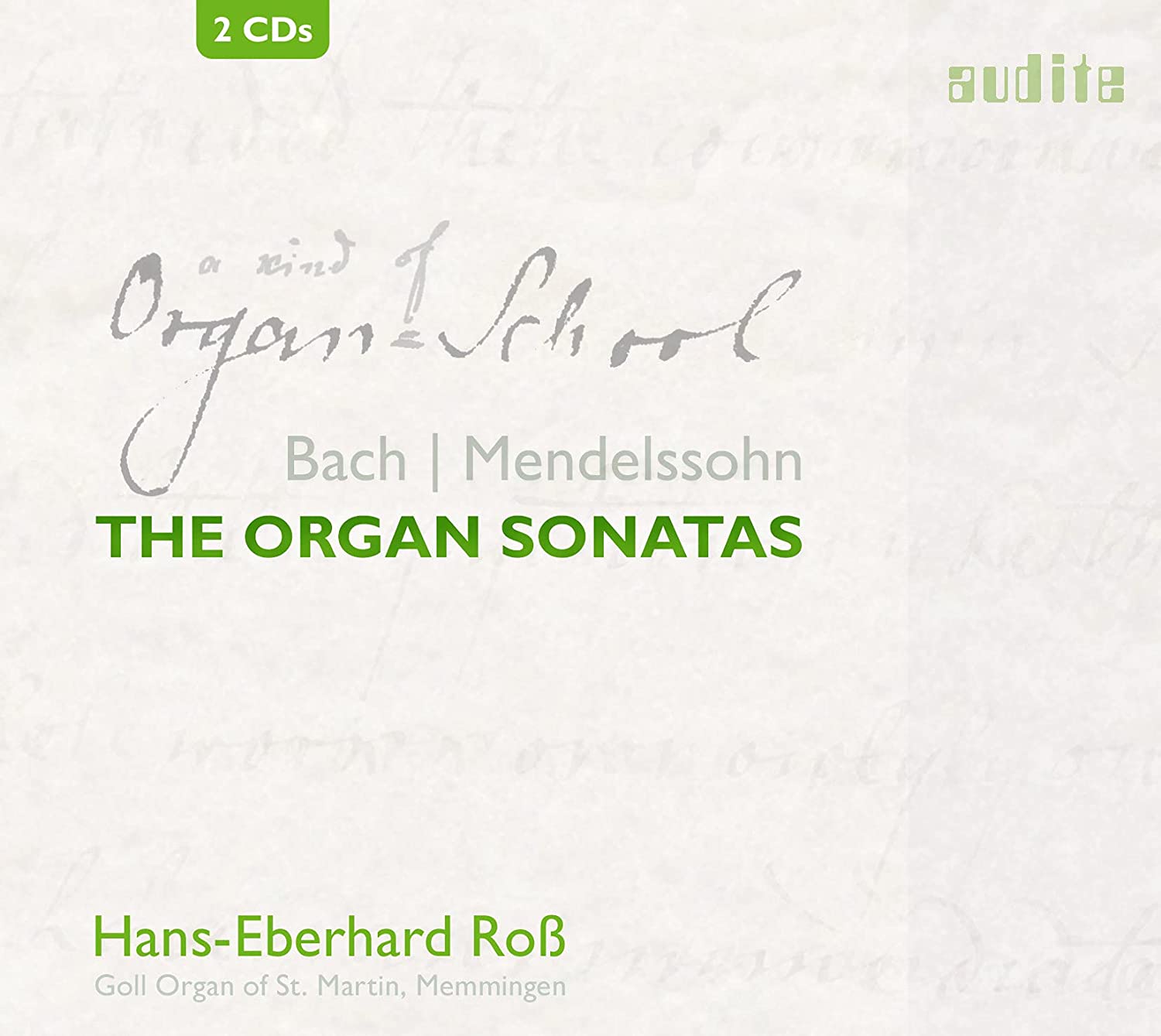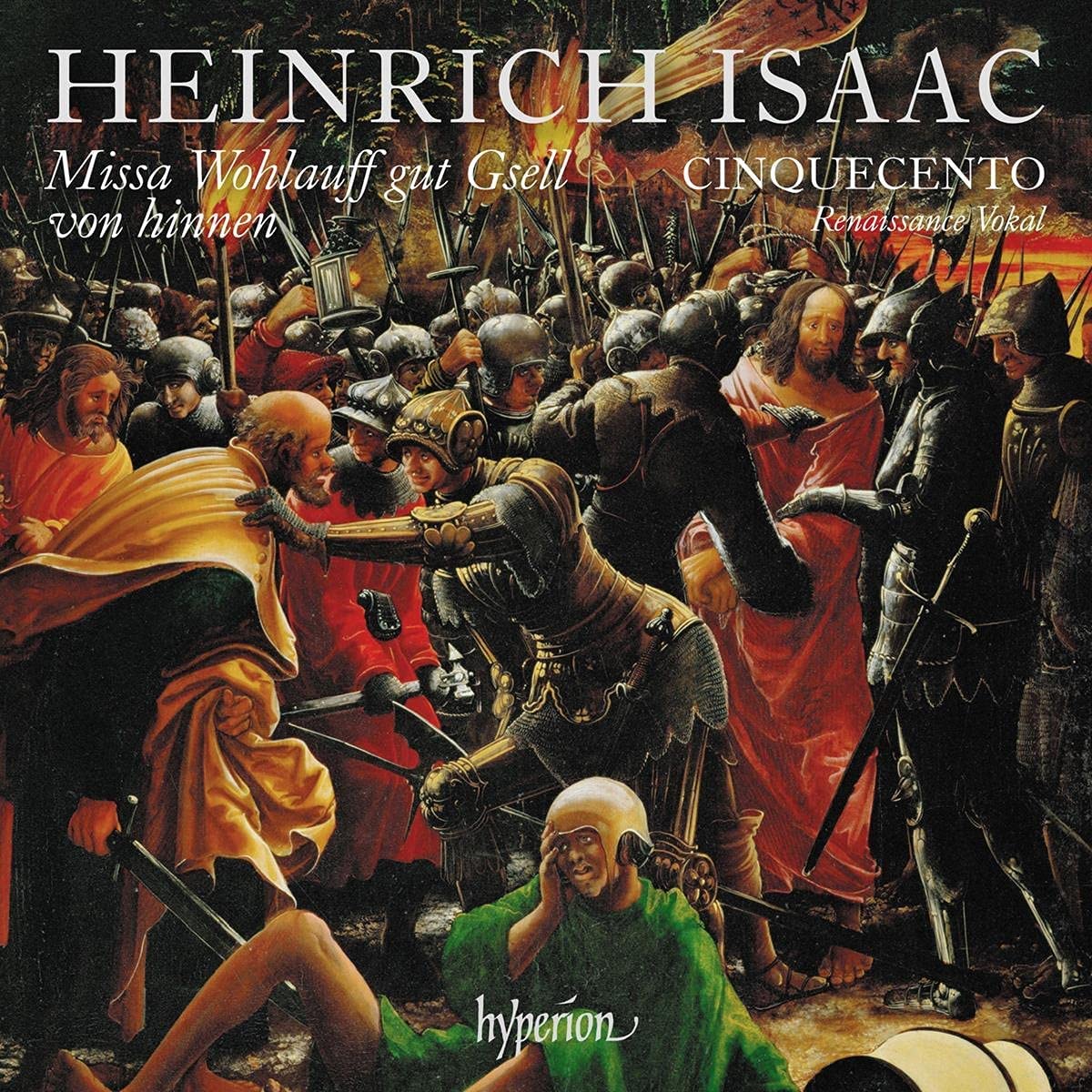Cinquecento Renaissance Vokal
hyperion CDA68337
78:03
Click HERE to buy this on amazon.co.uk
[These sponsored links help the site remain alive and FREE!]
In any history of music, or any listing of the greatest composers of a particular time, certain names can be expected always to turn up. Alongside Josquin, there is usually a nod, or a gesture more animated, in the direction of Isaac. The likes of Josquin have flourishing academic industries committed to perpetuating their fame, but just as some rediscovered composers have to be added to this pantheon, so The Usual Suspects need to have their music scrutinised periodically to confirm that it really is as good as it is cracked up to be, in the light of continuing musical rediscoveries, and is not just reeled out as being rated among the best uncritically because it always has been. This is the value of a recording such as the one currently under review. Now that we are increasingly aware of just how many outstanding composers there were around the time of Josquin and in his wake, does an established star such as Isaac still deserve his elevated status?
The evidence of this disc is a stentorian affirmative. It is an extraordinarily good recording, as much for the quality of the music as for its performance. It is Cinquecento’s best recording since Palestrina’s second book of Lamentations (Hyperion CDA68284) and one cannot praise it more highly than that. They have made recordings of music by truly excellent, undeservedly neglected composers, besides some established fixtures, but sometimes a composer elbows his way out from among those who are even that good, and confirms that here is someone who is simply world class. That is what happens on this disc. Every track is outstanding, and Isaac is manifestly on a par with the greatest – you name them, he is their equal, from Machaut to Byrd via Josquin and, as we have seen, Palestrina. And he is aided by Cinquecento in blistering form. They can be monochromatic and pedestrian, but here they hit their straps, their interpretations fully complementing the quality of Isaac’s music. Besides the Mass, the programme includes six motets (one possibly by Obrecht rather than Isaac) and Josquin’s setting of the song on which Isaac bases his Mass.
First, to the Mass. As David J. Burn explains in his excellent notes, it is based upon a song that survives with both German and French texts. This is why Josquin’s setting in four parts with the French text Comment peult avoir joye? – itself a minor masterpiece – is included. Isaac’s Mass is in six parts, but a high proportion of its many sections are for reduced voices. He takes every aspect of the song and seems to present it in every way possible to a composer of his time. His judgment in varying the numbers voices, and reintroducing all six, is faultless, and Cinquecento duly respond faultlessly. Their voices resonate sonorously yet whether singing down to three parts or up to the full six, whether low in their register or high, whether loud or soft, every line is clearly audible, and its relationship to its fellows is perfectly balanced, while retaining the momentum essential to sustaining the rhetorical and narrative flow. Such is the quality of Isaac’s music and of Cinquecento’s execution that, for this listener, their excellence seems to grow with repeated hearings. So many passages clamour for notice; one in particular for this reviewer is the third and final Agnus in which Isaac’s effortless canonic contortions bring about breath-taking suspensions, while he allows the outline of his chosen tune to conduct the Mass to a sublime and satisfying conclusion.
In their different ways the motets, all in four or five parts, are just as fine. They range from the majestic O decus ecclesia in five parts, running to over twelve minutes – just before midway through the second part there is a divinely contrived descending sequence, subsequently repeated in outline ascending as well as descending again, the nature of which will be familiar to listeners acquainted with masses by composers as late as Rogier and Monteverdi – to the comparably minute Parce Domine at less than two minutes. Sonorities, melodies, harmonies, textures, narrative flow and rhythmic vitality are all products of the creative mind of a genius. These are served by Cinquecento with their best singing on disc, not only for the standard of their actual singing, but also for their interpretations, never bland, never exaggerated, always sensitive to Isaac’s settings of his texts. As the notes explain, the final work Judaea et Jerusalem might be by Obrecht. This seems quite possible to this listener, but even if it is by Obrecht, it sits well in this company, being the work of a composer whose stature is comparable to that of Isaac.
Admirers of Cinquecento will find themselves rewarded as never before by this recording. Admirers of Isaac who do not know this music, especially the mass, will find their admiration confirmed and perhaps even expanded. Explorers unacquainted with Isaac will discover a new musical territory replete with riches.
Richard Turbet
